お客さま各位
平素はWeblio英会話をご利用いただき誠にありがとうございます。
この度、おすすめカリキュラム(Material Curriculum)をリリースいたしました。
どの教材から始めていいか分からない、目標を達成するためにどの教材を使っていいか分からない方におすすめです。
https://eikaiwa.weblio.jp/information/Weblio英会話おすすめカリキュラム
今後ともウェブリオ英会話をよろしくお願いいたします。
Weblio英会話サポート
お客さま各位
平素はWeblio英会話をご利用いただき誠にありがとうございます。
この度、おすすめカリキュラム(Material Curriculum)をリリースいたしました。
どの教材から始めていいか分からない、目標を達成するためにどの教材を使っていいか分からない方におすすめです。
https://eikaiwa.weblio.jp/information/Weblio英会話おすすめカリキュラム
今後ともウェブリオ英会話をよろしくお願いいたします。
Weblio英会話サポート
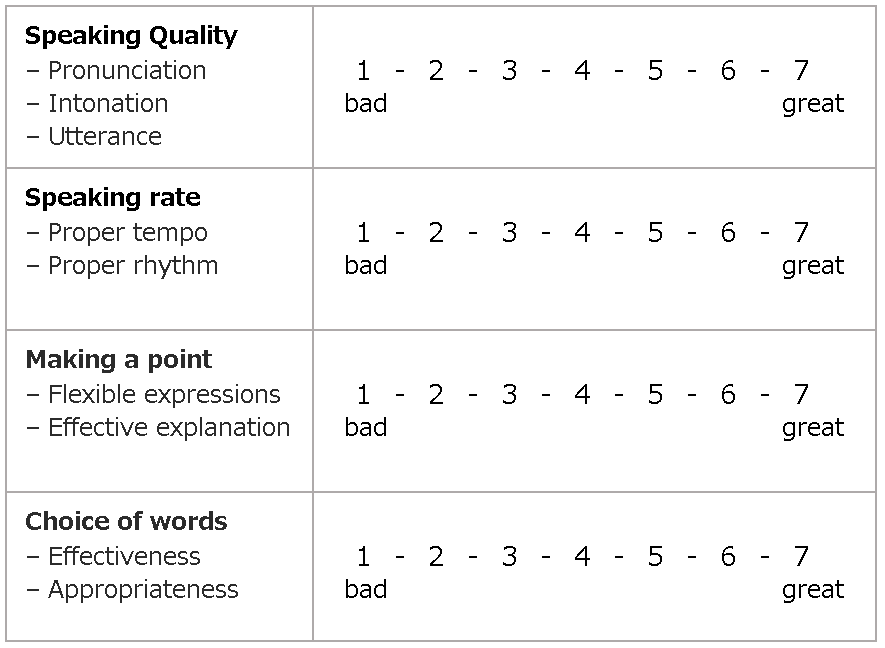
Please read aloud the following passage. I will check your pronunciation as you read.

Japanese art has been unique. More than 100 years ago, famous French artist loved Ukiyo-e and he had several hundred of them.
Today, many people enjoy new Japanese art “manga”. A lot of manga has been translated to many languages. They can read manga on time by using internet all over the world.
Japanese art has been enjoyed the world for hundreds of years.
Please answer the following questions based on the passage.
1. When has Japanese art started to influence French artists?
Answer:_______________________________________________
2. How long has manga become popular in France?
Answer:_______________________________________________
3. How long have French people enjoyed Japanese art?
Answer:_______________________________________________
Describe the picture using the following expressions:
“…has + past participle…”
“…have + past participle…”
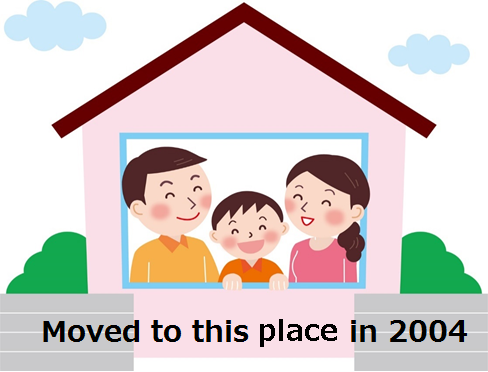
“…has + past participle…”
“…have + past participle…”
Please answer the following questions based on the picture.
1. When has the family moved to their place?
Answer:_______________________________________________
2. How many family members have moved to their place?
Answer:_______________________________________________
Please answer the following questions based on your experience.
1. How long have you studied English?
Answer:_______________________________________________
2. How long have you known your best friend?
Answer:_______________________________________________
3. How long have you lived in your house?
Answer:_______________________________________________
4. How long have you had your phone?
Answer:_______________________________________________
5. How long have you used computers?
Answer:_______________________________________________
Please read aloud the following passage. I will check your pronunciation as you read.
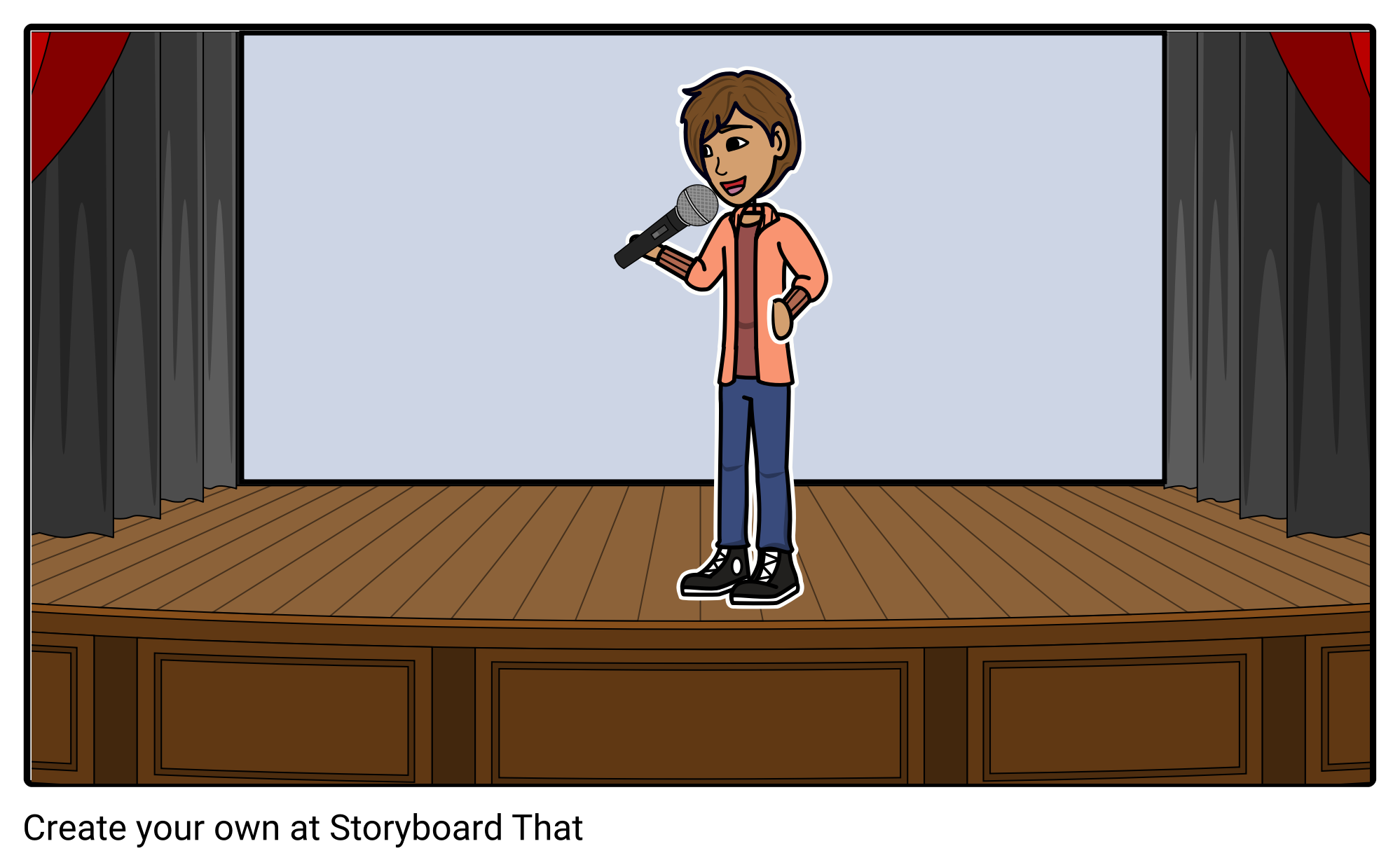
An atomic bomb was dropped in Hiroshima on August 6,1945. The bomb has changed a lot of people’s life. Sadako Sasaki was one of the victims.
She suddenly got sick when she was 11 years old. Her doctor said to her parents, “It will be difficult for her to recover.”
Since she got sick, she made many cranes to make a wish on them for good health. After one year, she died. It was hard for her parents to accept her death.
Today, a lot of paper cranes are sent to Hiroshima from around the world. They are for Sadako and for peace.
Please answer the following questions based on the passage.
1.?
Answer:_______________________________________________
2. How long has he been joining singing competitions?
Answer:_______________________________________________
3. Who has been supporting him?
Answer:_______________________________________________
Describe the picture using the following expressions:
“… has + been + present participle…”
“… have + been + present participle…”
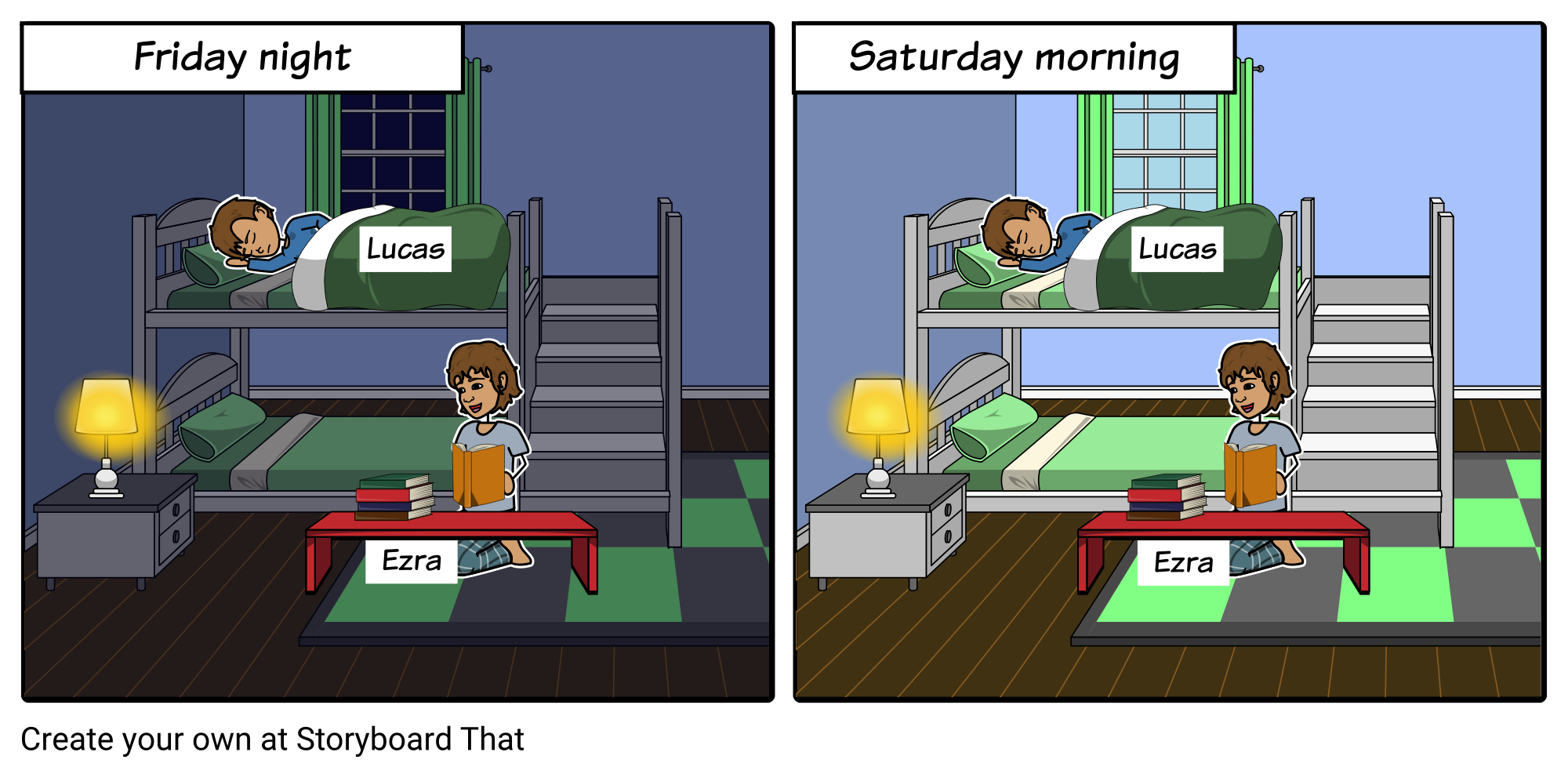
“… has + been + present participle…”
“… have + been + present participle…”
Please answer the following questions based on the picture.
1. How long has Lucas been sleeping?
Answer:_______________________________________________
2. Who has been reading a book since last night?
Answer:_______________________________________________
Please answer the following questions based on your experience.
1. How long have you been going to school?
Answer:_______________________________________________
2. How long have you been studying English?
Answer:_______________________________________________
3. Where have you been spending your summer vacation?
Answer:_______________________________________________
4. What have you been doing since yesterday?
Answer:_______________________________________________
5. Have you been studying since morning?
Answer:_______________________________________________
In this lesson, you will practice describing pictures.
| Picture A | Picture B |
|---|---|
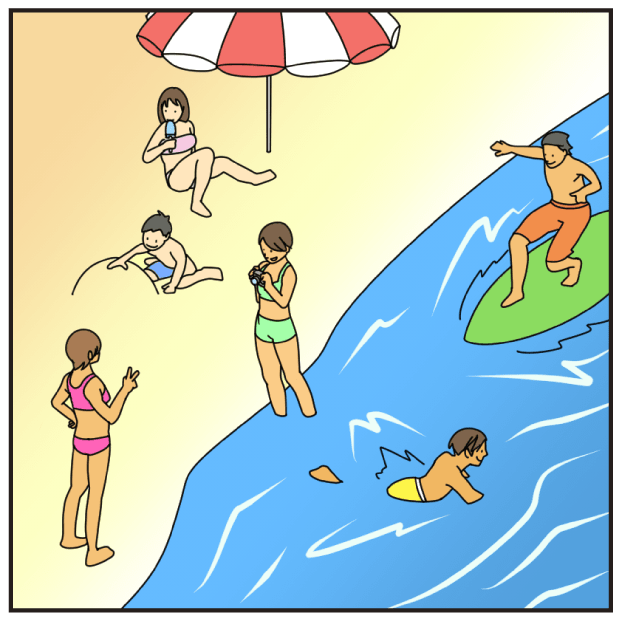
|
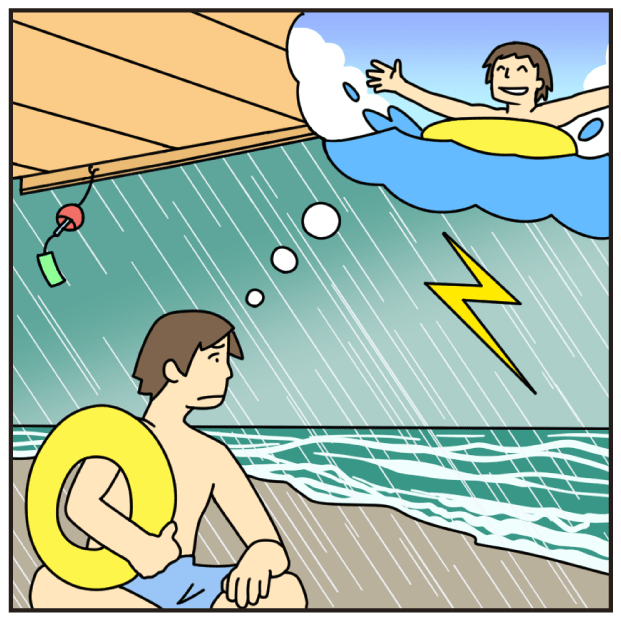
|
Question 1:
Please look at Picture A. They are doing different things. Tell me as much as you can about what they are doing using 5 actions.
Answer:
1. ________________________________________________________________________.
2. ________________________________________________________________________.
3. ________________________________________________________________________.
4. ________________________________________________________________________.
5. ________________________________________________________________________.
Question 2:
Now, look at the man in picture B. Please describe the situation.
Answer:
_______________________________________________________________________________
_______________________________________________________________________________
_______________________________________________________________________________
| Picture A | Picture B |
|---|---|
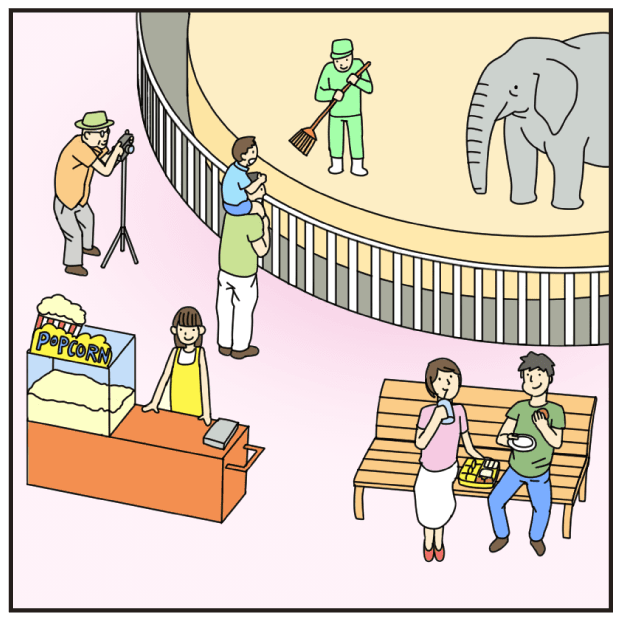
|
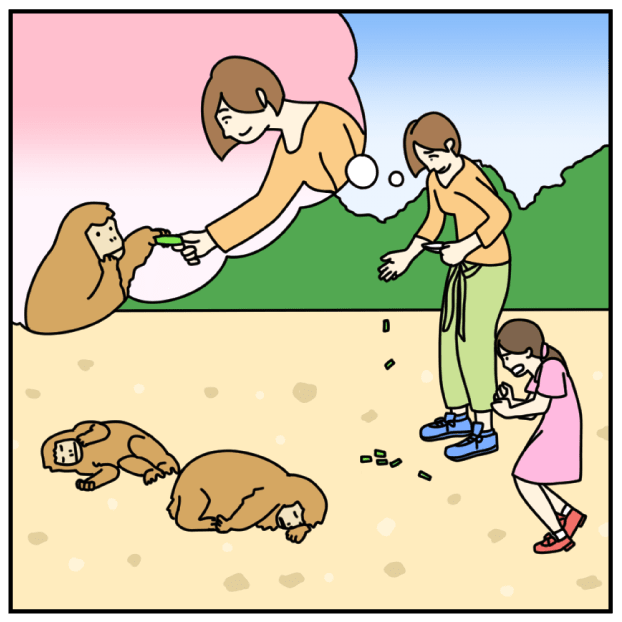
|
Question 1:
Please look at Picture A. They are doing different things. Tell me as much as you can about what they are doing using 5 actions.
Answer:
1. ________________________________________________________________________.
2. ________________________________________________________________________.
3. ________________________________________________________________________.
4. ________________________________________________________________________.
5. ________________________________________________________________________.
Question 2:
Now, look at the woman in picture B. Please describe the situation.
Answer:
_______________________________________________________________________________
_______________________________________________________________________________
_______________________________________________________________________________
| Picture A | Picture B |
|---|---|
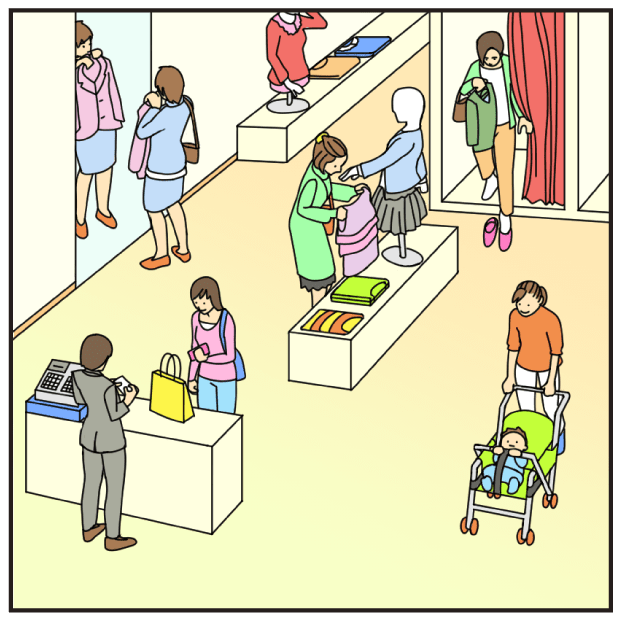
|

|
Question 1:
Please look at Picture A. They are doing different things. Tell me as much as you can about what they are doing using 5 actions.
Answer:
1. ________________________________________________________________________.
2. ________________________________________________________________________.
3. ________________________________________________________________________.
4. ________________________________________________________________________.
5. ________________________________________________________________________.
Question 2:
Now, look at the woman in picture B. Please describe the situation.
Answer:
_______________________________________________________________________________
_______________________________________________________________________________
_______________________________________________________________________________
| Picture A | Picture B |
|---|---|
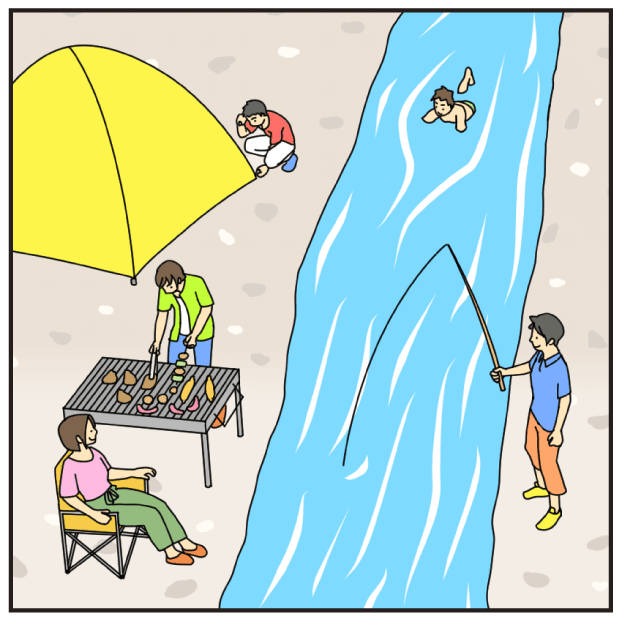
|
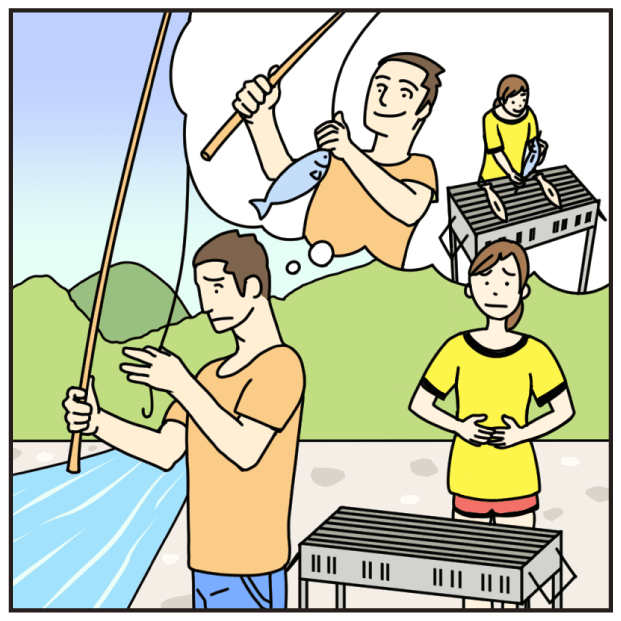
|
Question 1:
Please look at Picture A. They are doing different things. Tell me as much as you can about what they are doing using 5 actions.
Answer:
1. ________________________________________________________________________.
2. ________________________________________________________________________.
3. ________________________________________________________________________.
4. ________________________________________________________________________.
5. ________________________________________________________________________.
Question 2:
Now, look at the man in picture B. Please describe the situation.
Answer:
_______________________________________________________________________________
_______________________________________________________________________________
_______________________________________________________________________________
My name is ________. What is your name?
| favorite |
お気に入りの
|
| event |
イベント
|
| how much…? |
…はいくらですか?
|
| how about…? |
…はどうですか?
|
| how many…? |
…はいくつですか?
|
| here is… |
…です
|
| TUTOR: | What is your favorite season? |
| STUDENT: | My favorite season is spring. |
| TUTOR: | What event do you like in spring? |
| STUDENT: | I like hanami because I like to watch cherry blossoms. |
| TUTOR: | That’s nice! How about winter? |
| STUDENT: | I don’t like cold weather. |
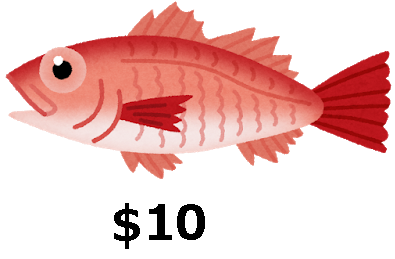

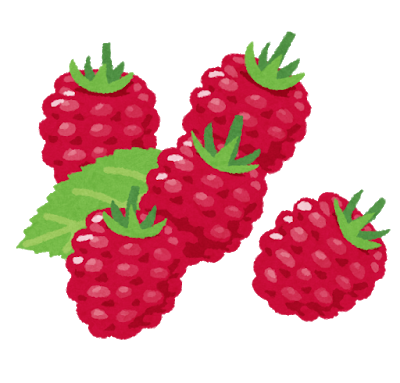
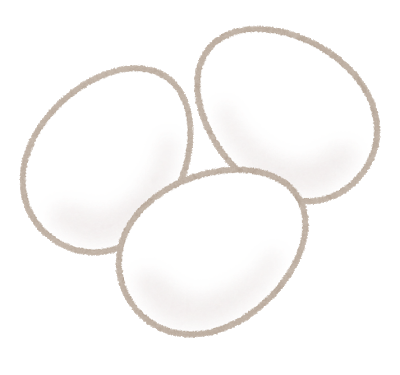
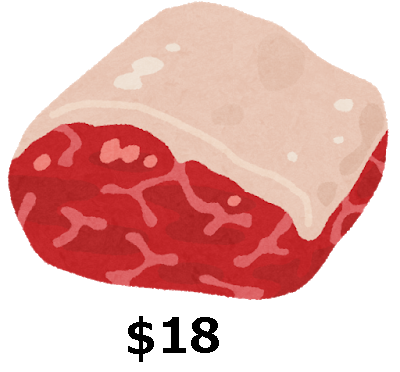
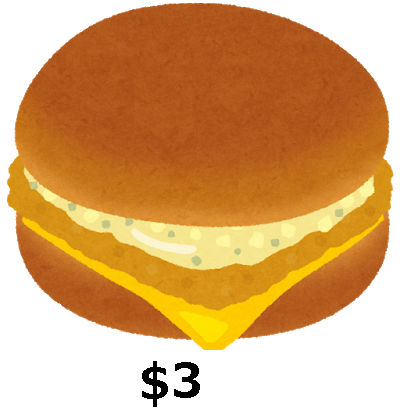
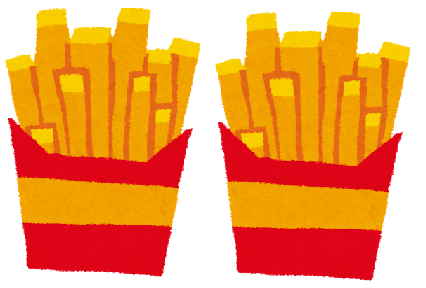

|
[Emphasize the relation (関連性を強調する)]
In fact, in our data, grit is usually unrelated or even inversely related to measures of talent. |

|
[Emphasize the relation (関連性を強調する)]
In fact, in our data, grit is usually unrelated or even inversely related to measures of talent. |

|
[Emphasize the relation (関連性を強調する)]
In fact, sale performance is unrelated to their sociality. |

|
[Emphasize the degree (程度を強調する)]
So far, the best idea I’ve heard about building grit in kids is something called “growth mindset.” |

|
[Emphasize the degree (程度を強調する)]
So far, the best idea I’ve heard about building grit in kids is something called “growth mindset.” |

|
[Emphasize the degree (程度を強調する)]
So far, we have talked about the background why people pay more attention to English education. |

|
[Emphasize the conclusion(結論を強調する)]
In other words, we need to be gritty about getting our kids grittier. |

|
[Emphasize the conclusion(結論を強調する)]
In other words, we need to be gritty about getting our kids grittier. |

|
[Emphasize the conclusion(結論を強調する)]
In other words, we need to know what we have to do. |

|
[Emphasize the time duration (期間を強調する)]
Grit is sticking with your future, day in, day out, not just for the week, not just for the month, but for years,and working really hard to make that future a reality. |

|
[Emphasize the time duration (期間を強調する)]
Grit is sticking with your future, day in, day out, not just for the week, not just for the month, but for years,and working really hard to make that future a reality. |

|
[Emphasize the time duration (期間を強調する)]
The student has studied English, not just a year but 10 years. |

|
[Express the result (結果を示す)]
Turns out that grittier kids were significantly more likely to graduate. |

|
[Express the result (結果を示す)]
Turns out that grittier kids were significantly more likely to graduate. |

|
[Express the result (結果を示す)]
Turns out that students who study in the morning tend to be more patient. |

|
[Emphasize the fact (事実の強調)]
Our data show very clearly that there are many talented individuals who simply do not follow through on their commitments. |

|
[Emphasize the fact (事実の強調)]
Our data show very clearly that there are many talented individuals who simply do not follow through on their commitments. |

|
[Emphasize the fact (事実の強調)]
Our data show that people who work over 60 hours in a week exercise in the morning. |
Please read aloud the following passage. I will check your pronunciation as you read.
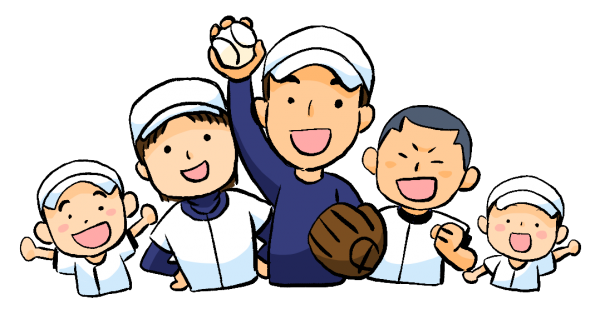
Dani was the best softball player last year, but he broke his leg. His doctor said, “You may not play softball.”
After a month, the doctor asked him, “Could you come to the hospital again?” He visited the doctor and the doctor said, “You may play softball again but you should be more careful.”
Please answer the following questions based on the passage.
1. What did the doctor say when Dani broke his leg?
Answer:_______________________________________________
2. What did the doctor ask Dani after a month?
Answer:_______________________________________________
3. What should Dani do when he plays softball?
Answer:_______________________________________________
Describe the picture using the following expressions:
“…may…”
“…could…”
“…should…”
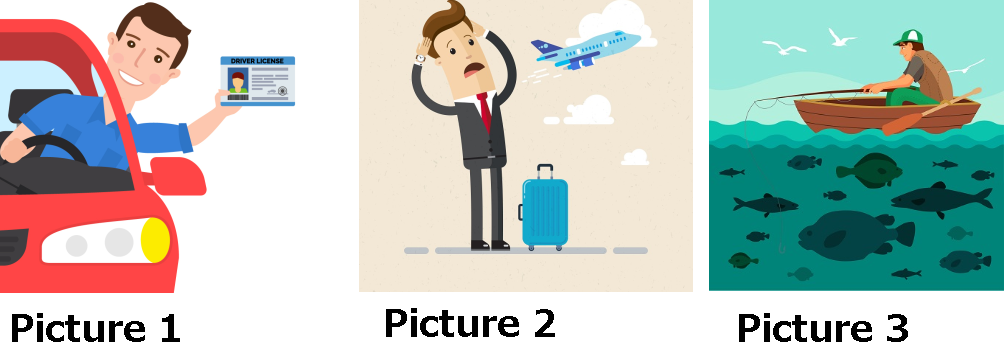
“…may…”
“…could…”
“…should…”
Please answer the following questions based on the picture.
1. Please look at picture 1.
May the man drive the car?
Answer:_______________________________________________
2. Please look at picture 2.
Should he book another flight?
Answer:_______________________________________________
3. Please look at picture 3.
Could the man catch a fish?
Answer:_______________________________________________
Please answer the following questions based on your experience.
1. Should people eat breakfast every morning?
Answer:_______________________________________________
2. Should students go to school every Saturday?
Answer:_______________________________________________
3. Do you think students may join several school clubs?
Answer:_______________________________________________
4. Could you tell me something about your club?
Answer:_______________________________________________
5. Do you think parents may attend school events?
Answer:_______________________________________________

|
[Emphasize the point (要点を強調する)]
and it is the belief that the ability to learn is not fixed, that it can change with your effort. |

|
[Emphasize the point (要点を強調する)]
and it is the belief that the ability to learn is not fixed, that it can change with your effort. |

|
[Emphasize the fact (事実を強調する)]
Dr. Dweck has shown that when kids read and learn about the brain and how it changes and grows in response to challenge, they’re much more likely to persevere when they fail. |

|
[Emphasize the fact (事実を強調する)]
Dr. Dweck has shown that when kids read and learn about the brain and how it changes and grows in response to challenge, they’re much more likely to persevere when they fail. |

|
[Emphasize the denial (否定を強調する)]
because they don’t believe that failure is a permanent condition. |

|
[Emphasize the denial (否定を強調する)]
because they don’t believe that failure is a permanent condition. |

|
[Emphasize the end point(終点を強調する)]
And that’s where I’m going to end my remarks, because that’s where we are. |

|
[Emphasize the end point(終点を強調する)]
And that’s where I’m going to end my remarks, because that’s where we are. |

|
[Emphasize the process(方法を強調する)]
We need to take our best ideas, our strongest intuitions, and we need to test them. |

|
[Emphasize the process(方法を強調する)]
We need to take our best ideas, our strongest intuitions, and we need to test them. |

|
[Emphasize the conclusion(結論を強調する)]
In other words, we need to be gritty about getting our kids grittier. |

|
[Emphasize the conclusion(結論を強調する)]
In other words, we need to be gritty about getting our kids grittier. |